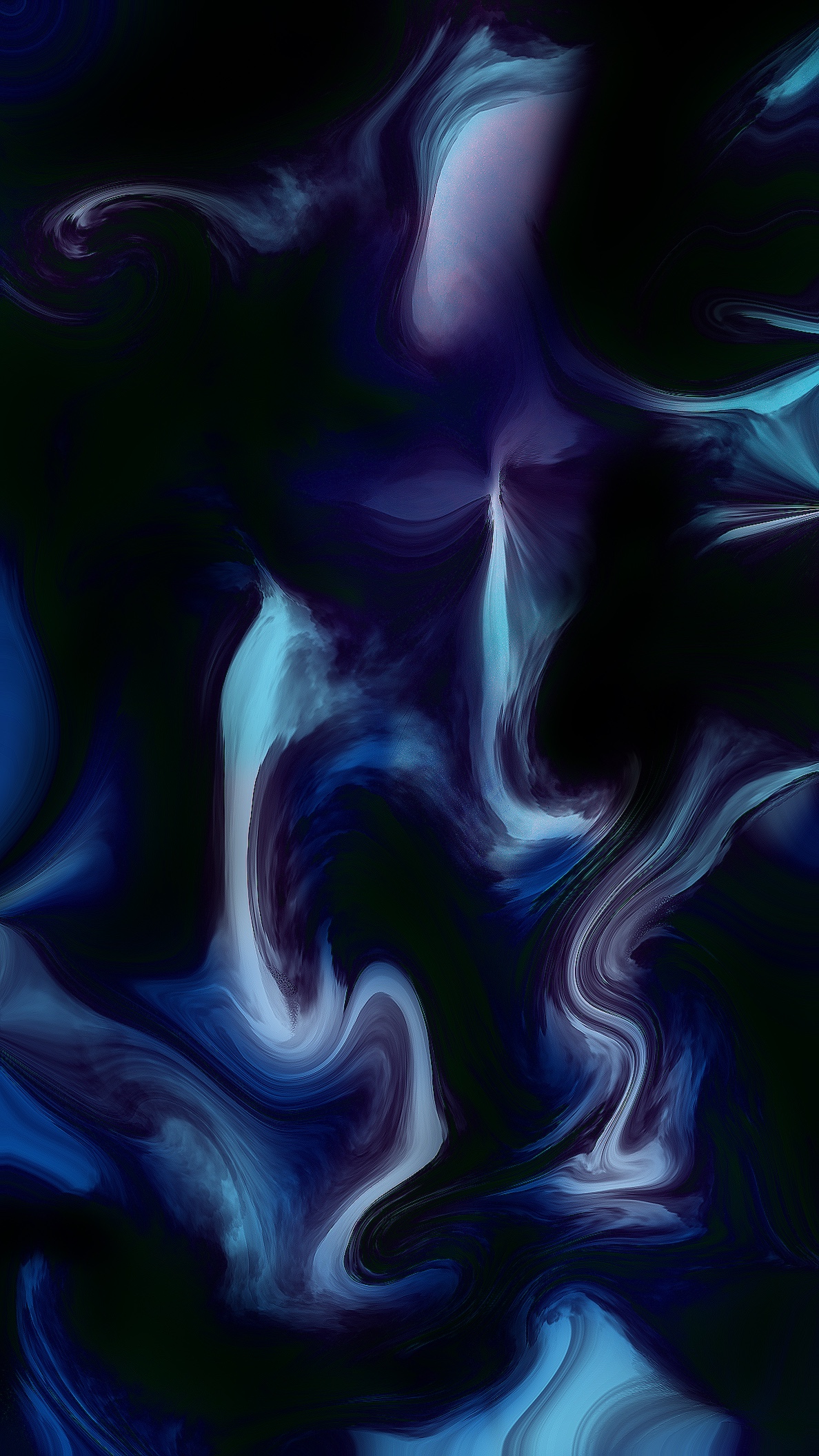
Chemical Reactions
Chemical reactions
Physical and Chemical Reactions
In a chemical change, a new chemical substance is formed.
How to find out if a chemical change has taken place?
- Energy is taken in or lost(endothermic or exothermic reaction occurs)
- Products are formed which are different from the reagent.
- It’s not easily reversible like a physical reaction.
- Precipitate formation
- Odor production
In a physical reaction is when the substance changes without forming a new chemical.These are just physical/exterior changes such as evaporation, condensation, sublimation, melting.
How to find out if a physical change has taken place?
- Texture change can occur
- Change in Shape(such as melting)/size
- Reversible reaction
- No new substance is formed
Rate of reaction
Rate of reaction-A measure of the change which happens during a reaction in a single uni of time.It may be affected by the following factors:
- surface area of the reactants
- concentration of the reactants
- temperature at which the reaction is carried out.
- light
- using a catalyst
NB: You should try dodging the phrase: speed of reaction and use rate of reaction
The rate of reaction is affected by
concentration due to:
When you increase the concentration of the reactants then there will be more reactant particles moving together hence more collisions take place.
The higher the concentration of the reactant the faster the rate of reaction.
the surface area due to:
An increase in surface area allows more particles to be exposed to the reactants which increases their chances of colliding and reacting hence leading to more collisions. Which leads to a faster rate of reaction.
Catalysts due to:
Catalysts-this these are substances that increase the rate of reaction but remain unchanged before and after the reaction.
When a catalyst is added it lowers the activation energy hence allowing the reaction to take place on a lower energy required basis.
a catalyst such as enzymes(which are biological catalysts made up of protein)are really sensitive to temperature, ph etc
Temperature due to:
An increase in temperature causes the particles to gain more kinetic energy resulting in more collisions hence a more successful collision rate which increases the rate of reaction.
How to find the rate of reaction
rate of reaction=volume of gas produced time taken
Application on how to show the effect of the above variables:
Concentration-using different concentrations(such as acids) and find the rate of reactions of different concentrations and compare.
Surface area-using different sized reactants(such as magnesium strip and magnesium in powder form).
Catalysts react to the reagent at least twice, one with the catalyst involved and another without.
Temperature-carrying ou the reactions in different temperature ranges.
Reversible reactions
Reactions such as fuel combustion are irreversible, whereas reversible reactions can produce reactants by reacting the products.
eg: Anhydrous copper(II)sulfate crystals reacting with water from hydrated copper(II)sulfate
NB: anhydrous copper(II)sulfate crystals are used to test water
If water present change from white to blue
The crystals can be reversed by heating the hydrated crystals, water will be lost hence forming the original reactants.
Equilibrium
When a chemical reaction is taking place in a closed container where the reactants nor the products can escape this is a closed system.
But if the reaction takes place in an open container whereas even one of the reactants or products can escape this is an open system.
Reversible reactions that happen in a closed system eventually reach equilibrium.
Equilibrium is when the forward reaction is equal to the backward reaction. The concentration of the reactants and the products remain the same and are formed at the same rate.
Factors that affect equilibrium:
Pressure-in a chemical reaction if the pressure has increased the side of lower gas molecules is favored.
Temperature-if the temperature increases the position of equilibrium moves to the endothermic reaction(the backward reaction as bonds are formed).
And if the temperature is lowered, equilibrium moves to the exothermic reaction. (the forward reaction as bonds are broken).
Redox reactions
Where oxidation and reduction are taking place in the chemical reaction.
Oxidation
When a substance gains an oxygen molecule it is oxidized eg hydrogen is oxidized to form water
Reduction
When oxygen is removed from the substance e.g. extracting iron from iron(III)oxide.
iron(III)oxide+carbon monoxide iron + carbon dioxide
NB: the (III) in iron(III) is the oxidation state to show its charge so the charge is 3+.
When a substance is gaining or losing electrons, a redox reaction is taking place.
Tip: Use the acronym OIL RIG(for electron transfers)
OIL
Oxidation is loss(of electrons)
RIG
Reduction is the gain of electrons(of electrons)
Oxidizing Agent
Is the substance that oxidizes the other substance
Reducing Agent
Is the substance that reduces the other substance
How to identify the agents?
The oxidizing agents are themselves reduced.
The reducing agents are oxidized.
The agents are the reactants.
